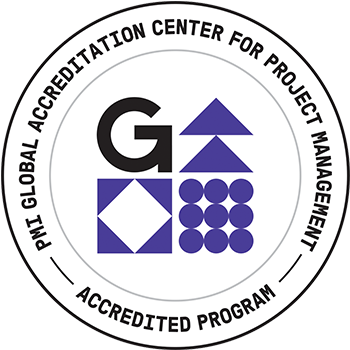The Paradox of Rewilding Projects: Exploring rewilding as projects, programs or portfolios – Jones
Abstract:
Rewilding has gained wider attention in recent years as an alternative to conventional conservation and environmental restoration projects. Unlike most such projects, strategic rewilding interventions involve larger geographical areas, and much longer timescales, such as 100-years for Durrell’s Dalnacardoch Estate and 250-years for Trees for Life’s Dundreggan Estate, both in the Scottish Highlands. For initiatives with such mega-timescales, should we be using the word ‘project’ at all? PMI defines a project as a “temporary endeavour undertaken to create a unique product, service, or result” (Project Management Institute, 2021). Perhaps rewilding on this scale and ambition would be better described as a portfolio of temporary endeavours?
Root-Bernstein, Gooden and Boyes (2018) reveal that many rewilding projects do not have short-term fixed goals, deliberately taking an agile approach to success, enabling adaptive, place-based collaboration with natural world stakeholders focused on a long-term (decades or centuries) vision. What works in one location, may not work in another due to ecological or climate differences, even at a very local level. This reminds us of the importance of context in project and program design and delivery, including environmental interventions (Lejano, et al., 2007). The need for openness to adaptability for rewilding success can also act as a barrier to securing project funding, as funders are typically of the view that project success will be evident and measurable from the value of the intended benefits of the project.
Please join us for a discussion of why rewilding interventions may be better considered as Programs, or as Portfolios, with multiple Programs and Projects.
PMI Talent Triangle: Ways of Working
PDUs: 0.75


